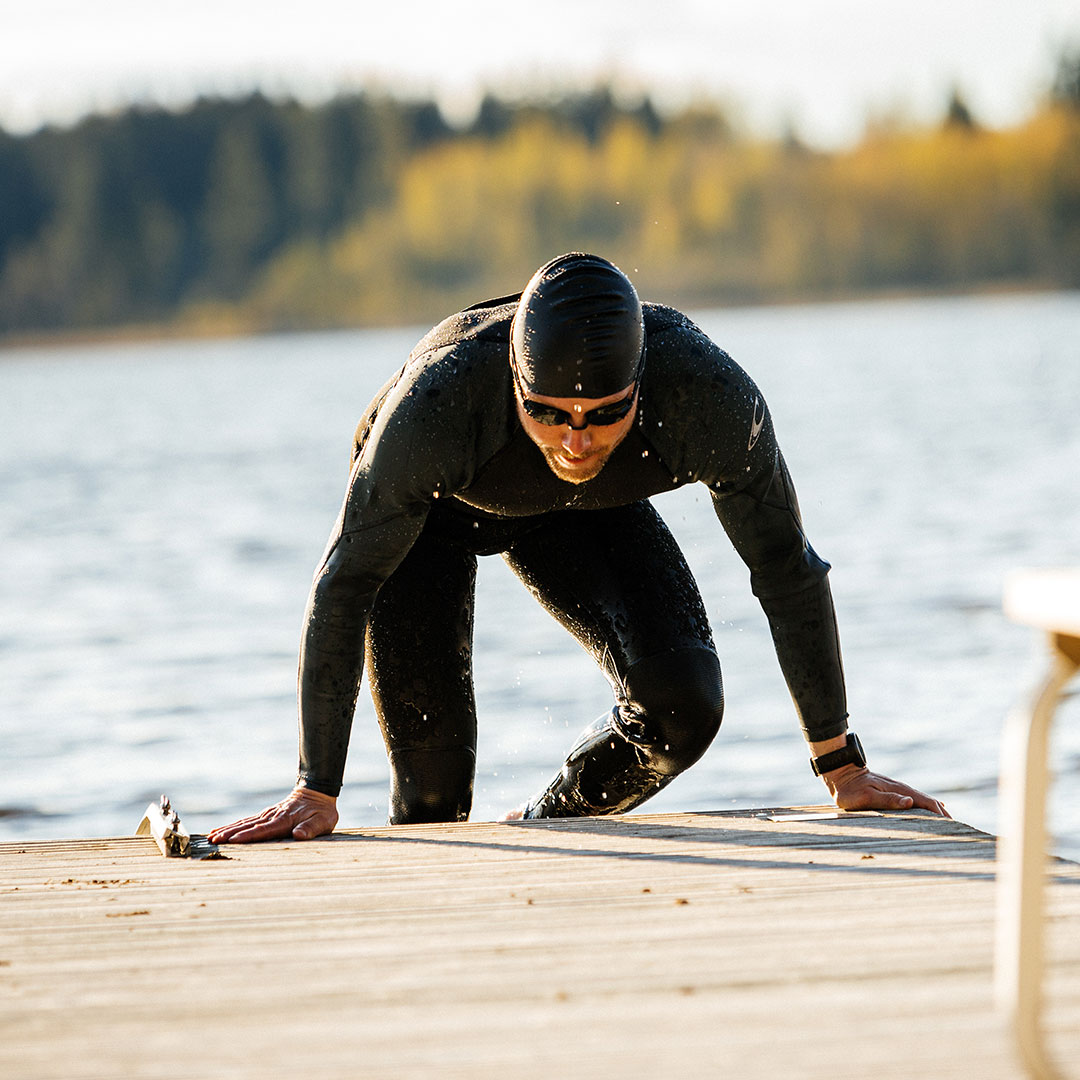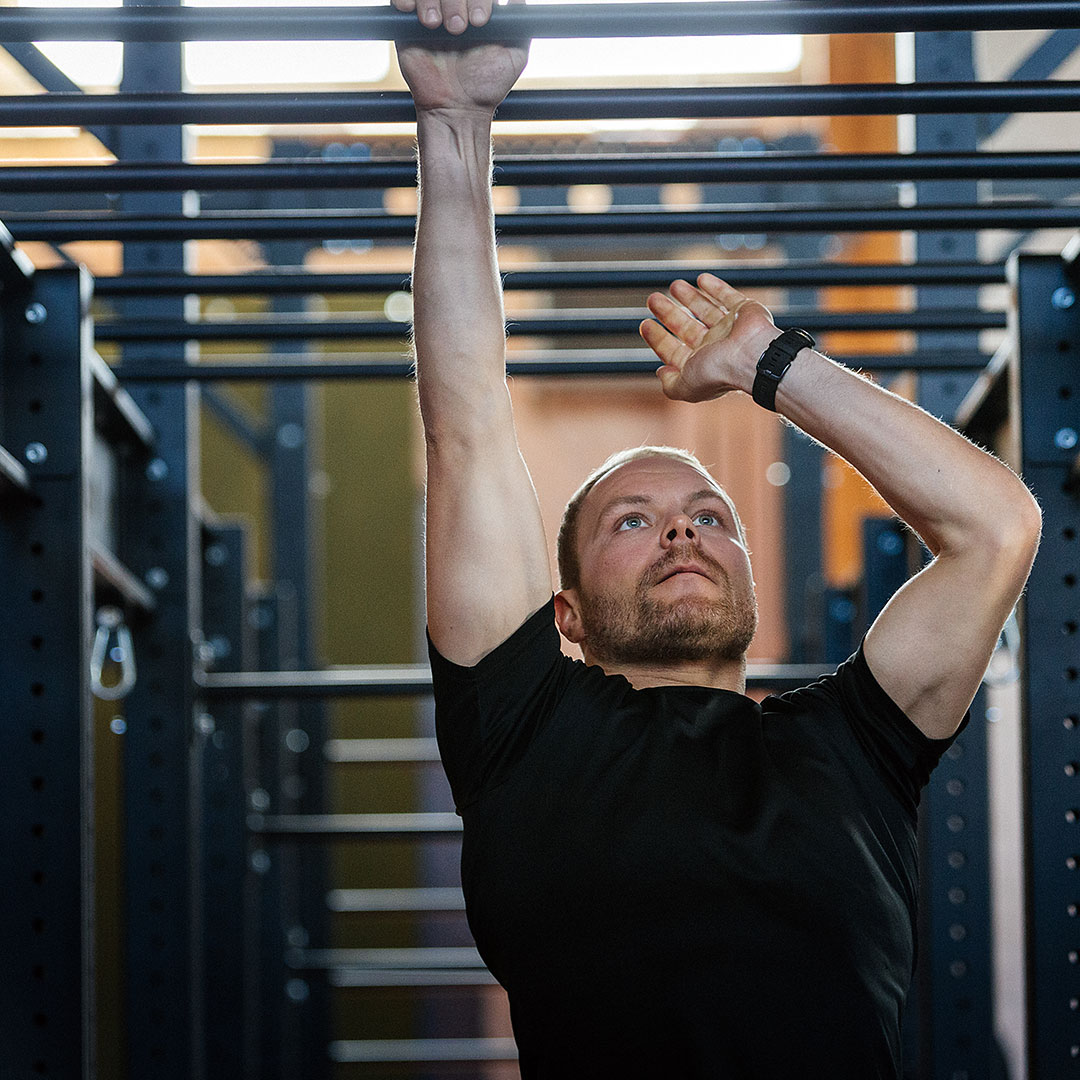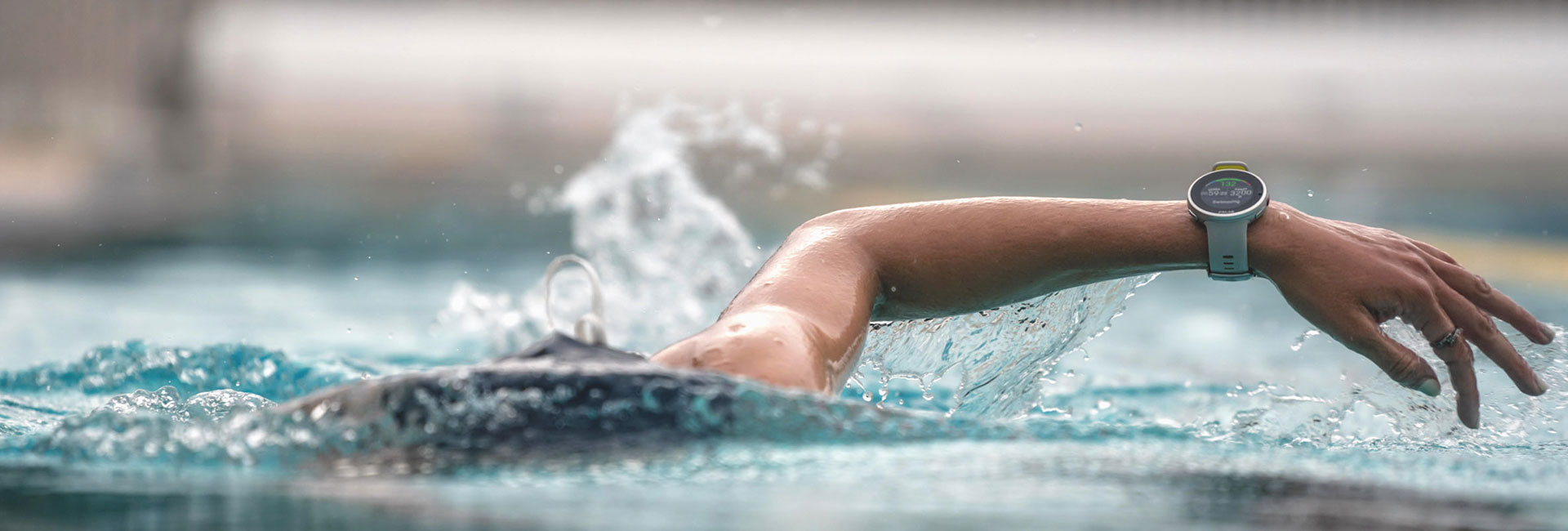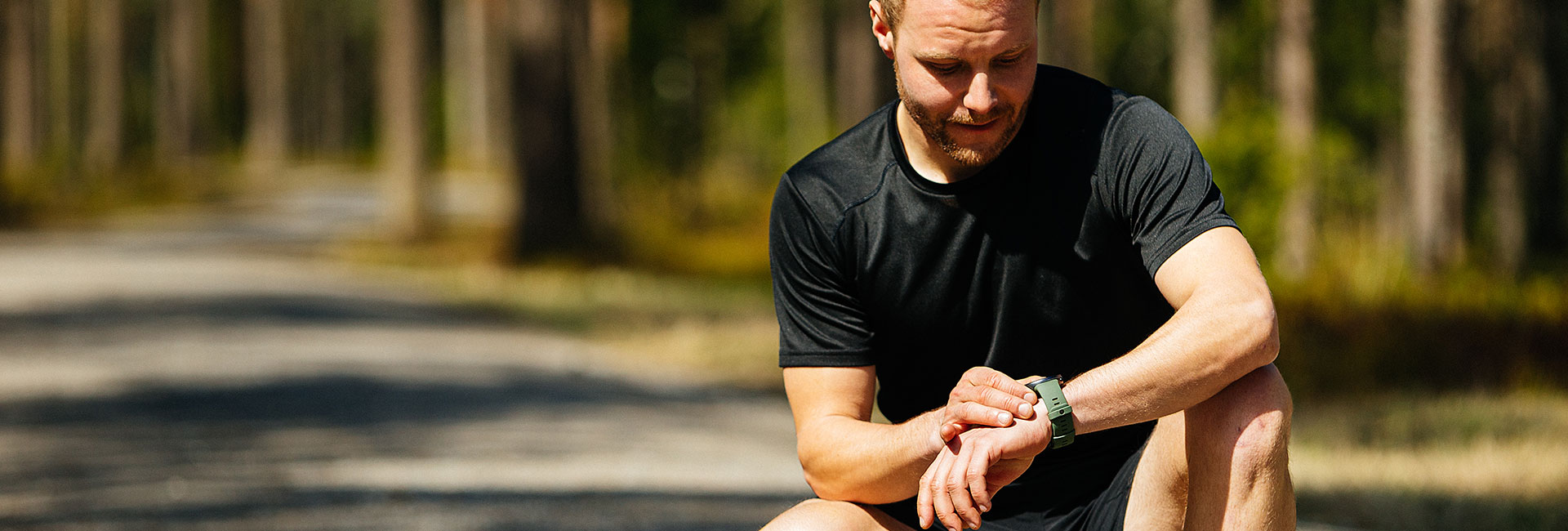Whether you’re a beginner or an experienced runner, mixing up your training routine is necessary if you want to make progress in running. Even though more running might seem like the best way to get faster, too much of the same old thing can eventually yield negative results. This is why cross-training for runners is essential and can help you to become a better runner in several different ways.
Here’s why doing more than running is beneficial and which activities are best for cross-training for runners.
In This Guide: Cross-Training For runners
In this blog, we’ll cover:
- The benefits of cross-training for runners
- Common cross-training activities
- Not-so-common-training ideas
As an introduction, watch the sixth episode of our series How to Start Running with Polar Running Coach Maria.
The Why: 4 Benefits of Cross-Training for Runners
So, what is cross-training for runners? Including other forms of exercise alongside your running regimen comes with many benefits and can help runners to:
1. Avoid burnout
Alternating with other forms of cardio can give you a mental break when you need it.
2. Decrease risk of injury
Improving the strength of muscle groups neglected by running can help prevent injury, and alternating with different types of cardio can be a good way to avoid common overuse injuries.
3. Strengthen weak spots
Including other activities that build strength can improve your stride, make it easier to build your mileage, and increase the length of your long run.
4. FInd Off-Season Training Options
READ MORE: Winter Running Gear Guide
When it’s raining, snowing, or just really cold, running outdoors might not be ideal. Cross-training indoors provides a safer option when running isn’t possible.
While the off-season is a great time to give cross-training a try, it can and should be incorporated during the season, too. Just keep these things in mind before you give any of the activities below a try for the first time.

COmmon Cross-Training ACTIVITIES
Cycling
While daily running can eventually take a toll on the hips, knees, and ankles from all the pounding, cycling is easier on the joints and is a great way to continue to build your aerobic base.
This is particularly true if you’re coming off an injury or are looking for a way to build your fitness when you might not be putting in a lot of mileage.
Here are a few other reasons why cycling is one of the best cross-training activities for runners:
- Build leg strength: Spinning in lower gears will improve the strength of your quads, hamstrings, and gluteal muscles while still working your cardio.
- Indoor intervals: During the winter when options are limited, try an indoor trainer or a spin class at the gym. This type of short but intense effort is a great way to build fitness and strength in a different way than running.
- Go longer: While running multiple long-mileage days can be tough on the body, mixing in some longer efforts of two to three hours on the bike is an easy way to build cardio. Spinning for a few hours in the lower cardio building heart rate zone is also easier to maintain than some of the other endurance sports.
- Explore: While you might not be able to cover much distance running, cycling can provide a way to explore an area and give your mind a mental break from running the same old loop.
Want to give cycling a try but not sure where to get started?
From the right gear to the rules of the road, this breakdown provides everything you need to know to get started with cycling. If you need a few basic workouts to try on your own, these three cycling workouts for runners are the perfect place to start.
SWIMMING

Swimming is another endurance activity that runners can include to work on areas of the body that may be lacking strength.
Instead of choosing a form of cross-training that will make your legs even more fatigued, why not get in the pool for an upper-body workout?
Swimming is great for building strength in the chest, shoulders, and back, which are all areas runners commonly neglect. Because you’ll be forced to work on your breathing technique while swimming, it’s also a great way to get in a cardio session without all the pounding on your joints.
If you’re swimming technique is keeping you from getting in the pool, don’t worry. There are a ton of ways to get in a great workout even if you aren’t a great swimmer. Here are a few ideas:
- Try aqua jogger: These belts allow you to stay upright and run in the deep-end of the pool without having to worry about the pounding. This is an excellent way to get back into running during or after an injury.
- Use pull buoy: If you have a trouble floating, using one of these will help your lower half stay afloat while your practice your upper body technique. This is a great tool for new swimmers.
- Use fins: Flippers will make it easier to move through the water and will build leg and hip strength to help you conquer those longer distances on the road or trail.
To learn more about swimming:
Check out these tips to get the most from your swimming workouts and try a sample swimming workout for yourself!
Strength Training
Whether you’re in the middle of your running season, looking to prevent injury and address muscle imbalances, or get stronger during the off-season, strength training is a must for any runner.
Before you jump straight into lifting weights, it’s important to understand some of the myths associated with strength training for runners so you can begin your program the right way.
Lifting is one excellent way to build strength and work on areas of weakness to prevent injury. The key is to focus your sessions with different weight training methods that are designed for endurance athletes. This can include:
- Faster movements for explosive strength
- Higher repetitions for muscular endurance
- Lower repetitions to improve maximum strength
For some runners, the gym just isn’t their thing. The good news is, there are a ton of other ways to get stronger and become a better runner at the same time. Core exercises are one of the best ways to improve your foundation, technique, and ability to handle high-mileage weeks without getting injured. And the good news is, one or two days a week at home is all you need to do.
Wanna drill down to the core?
Here is everything you need to know to get started with a core routine that will without a doubt help your running.
While these types of supplemental workouts can be worth your while, taking too many days off of a dedicated running routine can sometimes make you feel like you’re losing fitness.
To get your strength session in on the same day as a short run, hybrid running workouts can provide the best of both worlds while breaking up the monotony. Short bursts of sprints are combined with bodyweight exercises, taxing your cardiovascular system and your muscular endurance at the same time. These classes can be high-energy too, and they can spark your motivation when it might otherwise be lacking.

Stretching & Mobility
Muscular imbalances and lack of mobility are two primary reasons athletes get injured.
While it can be hard to address these issues during the season, the off-season is the right time of year to get into a new routine and learn preventative techniques. Though stretching can seem simple enough, there is a right way and wrong way to do things – although stretching is a controversial topic.
Scientific research doesn’t suggest proven benefits for stretching before running, but if you do, dynamic movements are the way to go. A dynamic warm-up before running will prime your body for the activity ahead by getting your blood flowing to your muscles, activating your glutes, and removing that stiff feeling from your joints.
After your run, you may find post-run stretches helpful to prevent soreness the following day.
Aside from these pre- and post-workout routines that can help you form good habits, mobility training and yoga are excellent cross-training for runners on and offseason. They help to build functional strength while improving your mobility at the same time.
Ready to try?
These yoga tips for endurance athletes will teach you how to include yoga into your base, build, and peak phases of your training, and provide you with a few simple poses to get started.
6 Not-So-Common Cross-Training Ideas
When it comes to cross-training during the off-season or otherwise, it’s ok to think outside the box.
If more traditional routes like cycling, swimming, and weight training seem boring or just not your thing, there are tons of other activities you can give a try that can help make you a better runner and a more conditioned athlete.
Here are some not-so-common ideas you can try.
1. Rock climbing
Whether you’re at an indoor gym or tackling the real thing outdoors, rock climbing is a full-body workout unlike any other.
2. Cross-country skiing
There’s a reason why professional cross-country skiers have some of the lowest resting heart rates of any athlete. In addition to a great cardio session, it can also be a great way to work your arms, shoulders, and back muscles too.
3. Surfing
If you’re looking for a challenging way to have fun and get in a great workout, surfing could be the thing for you. Balance, coordination, and a strong core are all required.
4. Ballet
Want to learn something new? Ballet requires extreme balance and flexibility and can be a great way to strengthen your feet and ankles for running.
5. Outdoor activities
Hiking, mountain biking, or even trail running can be great ways to mix up your cardio if you do most of your running on the road.
6. Obstacle course racing
With a mix of CrossFit and running, OCR events will force you to get stronger and have a good time. And here’s how OCR can benefit your running, too.
If you liked this post, don’t forget to share so that others can find it, too.
Or give it a thumbs up!
I like this article
Please note that the information provided in the Polar Blog articles cannot replace individual advice from health professionals. Please consult your physician before starting a new fitness program.





